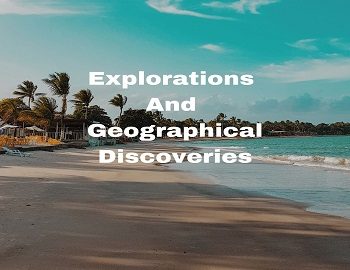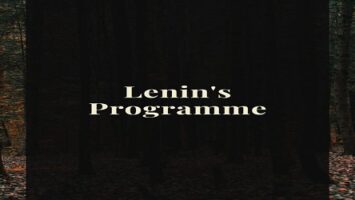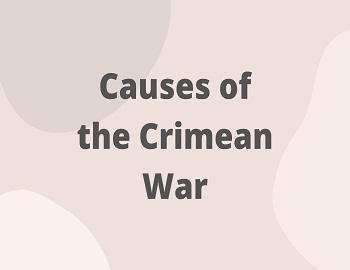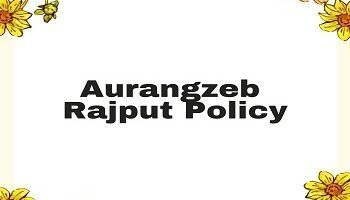Explorations And Geographical Discoveries:
The Renaissance instilled in people the desire to know more about the unknown. The adventurous people no longer stayed confined in one place. They set about to explore lands beyond their own countries. But this could not have been possible without the knowledge of geography and scientific techniques. First of all, maps of the routes to various lands had to be prepared. This was done with the help of the old maps which had once been used by the Greeks and the Romans. Each time a sailor set out, he gathered more information and passed it on to the geographers, who used this information to improve their existing maps. Secondly, many new instruments were invented which helped the sailors on the journeys. The mariner’s compass was used by sailors to identify the direction in which they were sailing. The other instruments were the astrolabe and the quadrant which the Europeans borrowed from the Arabs. With these, the sailors could easily determine the latitude of a given point. Movable sails were invented which could be adjusted according to the direction of the prevailing winds. Guns were fitted on the ships to protect them from the pirates. Gunpowder was also used as very often these sailors had to fight with the local people of the coasts.
Armed with the spirit of exploration and with new instruments, the merchants and sailors set out to different lands. The Ottoman Turks who had captured Constantinople in 1453, had a monopoly over trade with the Asian countries since then. The Europeans also wanted to trade with these countries because the trade of spices was very lucrative. So the merchants and sailors of Portugal, Italy, Spain and other countries set out to discover new routes to the east by which they could avoid the Arabs and the Turks. The Renaissance scientists helped their sailors to find new routes to India which was then very famous for its wealth and spices.
The Portuguese were the first to send a sailor by the name of Bartholomew Diaz to India in A.D. 1488. He sailed down in the Atlantic along the western coast of Africa and reached its southernmost tip- the Cape of Good Hope.
Next came Vasco-da-Gama in A.D. 1498. He followed the sea route taken earlier by Diaz but did not stop at the Cape. He sailed on further towards India. He reached Calicut on the south-west coast of India. The route to India from Africa was shown to him by an African navigator.
Spain too did not lag behind. The king of Spain sent Christopher Columbus. By this time it had already been proved that the earth is round. Columbus thought of taking a westward route to India to avoid any conflict with the Arabs.
He reached the islands of West Indies. The inhabitants of these islands wore dresses and ornaments similar to those that Columbus had seen in the pictures of the Indians. So he thought he had reached India. Therefore these islands were termed as West Indies. This took place in A.D. 1492. In 1497, another explorer by the name of Amerigo Vespucci sailed to America. It is after his name that the continent was called America. In 1519, Magellan sailed from Portgual and reached the coast of Brazil in South America. He sailed further down along the coast till the tip of the continent- Cape Horn. The Strait of Magellan is named after him. He managed somehow to cross and enter the Pacific Ocean. The Spanish explorers could not, however, reach India but discovered the two Americas and brought back huge amounts of wealth. Thus Spain became very rich.
Seeing the success of these sailors, other European countries like England, France and the Netherlands also sent their sailors on voyages of discovery. They explored and discovered many new lands which they later colonized.
Their success was due to the experiments and inventions of the educated people who used their power to reason and did not follow anything blindly. This period is known as the Age of Discoveries.









Comments (No)